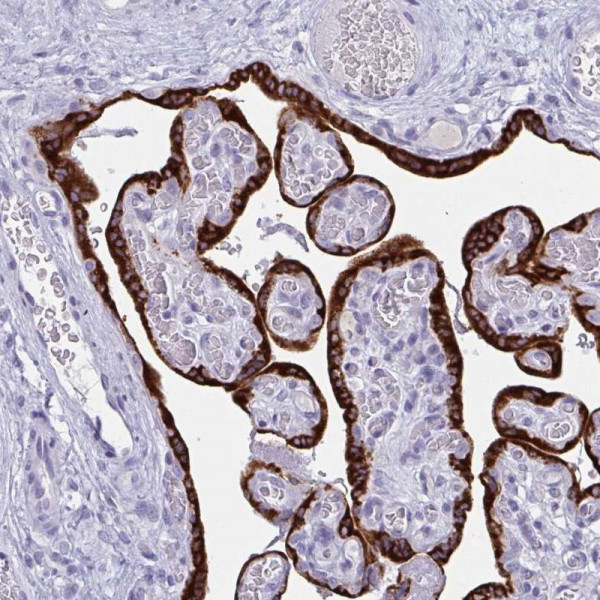Cookie preferences
This website uses cookies, which are necessary for the technical operation of the website and are always set. Other cookies, which increase the comfort when using this website, are used for direct advertising or to facilitate interaction with other websites and social networks, are only set with your consent.
Configuration
Technically required
These cookies are necessary for the basic functions of the shop.
"Allow all cookies" cookie
"Decline all cookies" cookie
CSRF token
Cookie preferences
Currency change
Customer-specific caching
FACT-Finder tracking
Individual prices
Selected shop
Session
Comfort functions
These cookies are used to make the shopping experience even more appealing, for example for the recognition of the visitor.
Note
Show the facebook fanpage in the right blod sidebar
Statistics & Tracking
Affiliate program
Conversion and usertracking via Google Tag Manager
Track device being used

| Item number | Size | Datasheet | Manual | SDS | Delivery time | Quantity | Price |
|---|---|---|---|---|---|---|---|
| ATA-HPA059555.25 | 25 µl | - |
7 - 10 business days* |
239.00€
|
|||
| ATA-HPA059555.100 | 100 µl | - |
7 - 10 business days* |
477.00€
|
If you have any questions, please use our Contact Form.
You can also order by e-mail: info@biomol.com
Larger quantity required? Request bulk
You can also order by e-mail: info@biomol.com
Larger quantity required? Request bulk
Protein function: Histone methyltransferase that sequentially mono-, di-, and tri-methylates both... more
Product information "Anti-PRDM9"
Protein function: Histone methyltransferase that sequentially mono-, di-, and tri-methylates both 'Lys-4' (H3K4) and 'Lys-36' (H3K36) of histone H3 to produce respectively trimethylated 'Lys-4' (H3K4me3) and trimethylated 'Lys-36' (H3K36me3) histone H3 and plays a key role in meiotic prophase by determining hotspot localization thereby promoting meiotic recombination (PubMed:24634223, PubMed:24095733, PubMed:26833727). Also can methylate all four core histones with H3 being the best substrate and the most highly modified (PubMed:24095733, PubMed:24634223, PubMed:26833727). Is also able, on one hand, to mono and di-methylate H4K20 and on other hand to trimethylate H3K9 with the di-methylated H3K9 as the best substrate. During meiotic prophase, binds specific DNA sequences through its zinc finger domains thereby determining hotspot localization where it promotes local H3K4me3 and H3K36me3 enrichment on the same nucleosomes through its histone methyltransferase activity (PubMed:26833727). Thereby promotes double-stranded breaks (DSB) formation, at this subset of PRDM9-binding sites, that initiates meiotic recombination for the proper meiotic progression. During meiotic progression hotspot-bound PRDM9 interacts with several complexes, in early leptonema binds CDYL and EHMT2 followed by EWSR1 and CXXC1 by the end of leptonema. EWSR1 joins PRDM9 with the chromosomal axis through REC8. In this way, controls the DSB repair pathway, pairing of homologous chromosomes and sex body formation. Moreover plays a central role in the transcriptional activation of genes during early meiotic prophase thanks to H3K4me3 and H3K36me3 enrichment that represents a specific tag for epigenetic transcriptional activation. In addition performs automethylation. Acetylation and phosphorylation of histone H3 attenuate or prevent histone H3 methylation. [The UniProt Consortium] Buffer: 40% glycerol and PBS (pH 7.2). 0.02% sodium azide is added as preservative. Highest antigen sequence identity to mouse: 63% and to rat: 66%
| Keywords: | Anti-PFM6, Anti-PR domain-containing protein 9, Anti-PR domain zinc finger protein 9, Anti-Histone-lysine N-methyltransferase PRDM9, Anti-Protein-lysine N-methyltransferase PRDM9, Anti-[histone H4]-lysine20 N-methyltransferase PRDM9 |
| Supplier: | Atlas Antibodies |
| Supplier-Nr: | HPA059555 |
Properties
| Application: | IHC |
| Antibody Type: | Polyclonal |
| Conjugate: | No |
| Host: | Rabbit |
| Species reactivity: | human |
| Immunogen: | Recombinant Protein Epitope Signature Tag (PrEST) antigen sequence: QELGIKWGSK WKKELMAGRE PKPEIHPCPS CCLAFSSQKF LSQHVERNHS SQNFPGPSAR KLLQPENPCP G (ATA-APrEST85665) |
Database Information
| KEGG ID : | K20796 | Matching products |
| UniProt ID : | Q9NQV7 | Matching products |
| Gene ID : | GeneID 56979 | Matching products |
| Protein Atlas Nr. : | ENSG00000164256 |
Handling & Safety
| Storage: | -20°C |
| Shipping: | +20°C (International: +20°C) |
Caution
Our products are for laboratory research use only: Not for administration to humans!
Our products are for laboratory research use only: Not for administration to humans!
Information about the product reference will follow.
more
You will get a certificate here
Viewed

